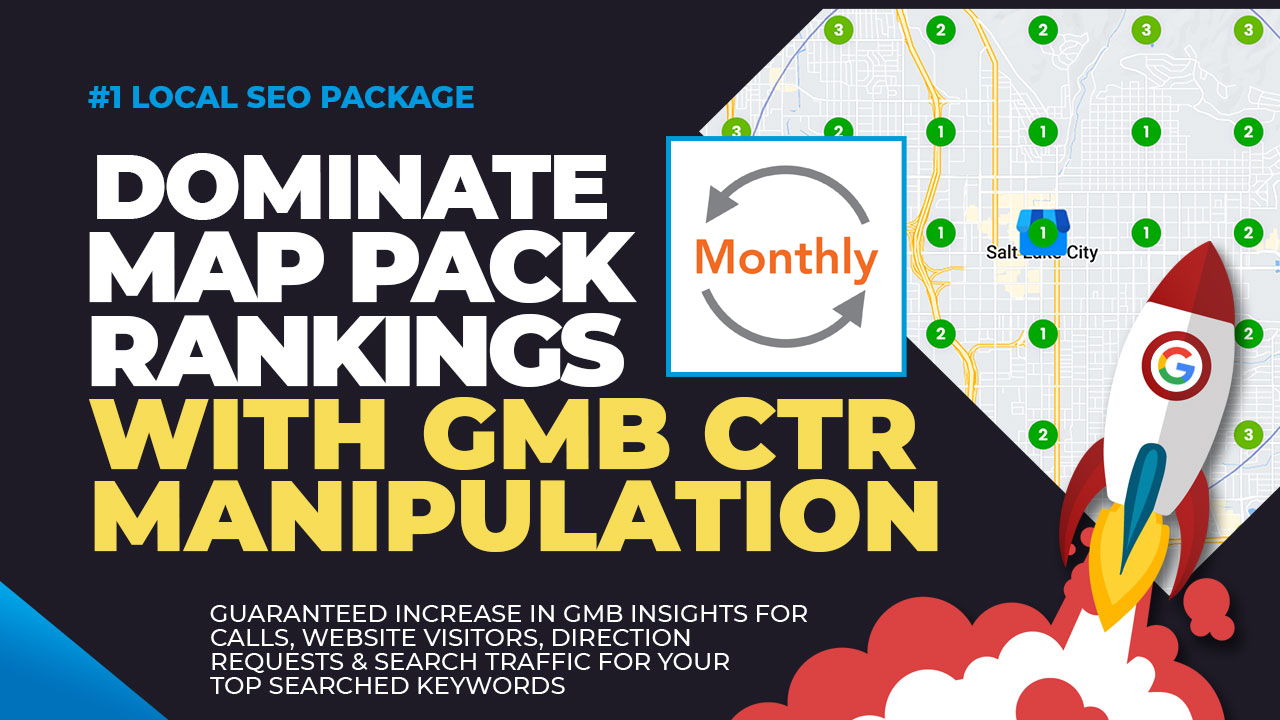How to Measure the Influence of CTR Adjustment on Your Advertising And Marketing
Understanding the subtleties of click-through rate (CTR) control in marketing is essential for services striving for authentic customer interaction. By checking out essential metrics such as conversion prices and bounce rates, marketing experts can discover potential inconsistencies that might occur from artificial enhancements.
Recognizing CTR Manipulation
Understanding CTR manipulation is vital for online marketers seeking to enhance their campaigns and guarantee data integrity. Click-through rate (CTR) refers to the ratio of users who click on a specific web link to the total number of users that watch the promotion or web content.
The ramifications of CTR adjustment prolong beyond simple data distortion; they can undermine trust in electronic advertising and marketing. When organizations count on filled with air metrics, they may invest in inadequate projects, eventually harming their return on investment. In addition, systems may penalize marketers involving in such methods, leading to further implications for their advertising and marketing initiatives.
To efficiently combat CTR manipulation, online marketers should establish a detailed understanding of their data sources and analytics devices. By using innovative monitoring techniques and scrutinizing website traffic sources, they can identify uneven patterns and make sure that their efficiency metrics show authentic user interaction - GMB CTR Manipulation. This caution is important for fostering long-term success in an increasingly affordable electronic landscape
Secret Metrics to Assess
Efficient evaluation of key metrics is essential for examining real performance of advertising and marketing campaigns and identifying potential CTR control. One key metric to think about is the Click-Through Price (CTR) itself, which represents the ratio of individuals that click on an ad to the complete variety of users that see it. An abrupt spike in CTR may indicate control, demanding further investigation.
Furthermore, monitoring conversion rates is vital. A high CTR with a reduced conversion price could signal that the clicks are not authentic or that the targeting is misaligned (CTR Manipulation Service). Likewise, analyzing bounce rates can provide insight into individual interaction; a high bounce price after a click might recommend that the website traffic is not quality-driven.

Tools for Measurement

Furthermore, A/B screening devices such as Optimizely or VWO can help with testing with numerous ad versions to figure out which components blog drive higher CTR. These tools enable marketing professionals to assess real-time performance and make data-driven modifications. Social media site analytics devices, like Hootsuite or Sprout Social, can also contribute in comprehending CTR within social systems, giving insights into audience behavior and engagement trends.
Additionally, warmth mapping devices, such as Hotjar, can disclose just how customers interact with ads, helping to determine where enhancements can be made. Integrating these devices produces a durable dimension structure, allowing marketing professionals to determine the impacts of CTR control successfully. Eventually, the ideal choice of measurement tools is essential for making informed marketing decisions and maximizing project efficiency.

Assessing Long-lasting Results
One must consider the long-lasting impacts of CTR adjustment on total marketing performance, as short-term gains can typically mask much deeper effects. With time, artificially inflated click-through rates may result in decreased count on from consumers and online search engine alike. When customers repeatedly encounter misleading practices, they may become hesitant to engage with the brand, causing reduced conversion prices in the future.
In addition, formula updates from systems such as Google are created to focus on authentic interaction over inflated metrics. Businesses that count on CTR adjustment might find themselves penalized, leading to a decrease in natural reach and exposure. This can have a cascading effect on brand name credibility and consumer commitment, eventually undermining the really objectives that the preliminary manipulation looked for to attain.
In addition, the information collected from manipulated CTR might mislead online marketers in their method advancement. Depending on skewed data can cause illinformed projects that fail to reverberate with the target market, resulting in thrown away sources and missed chances. It is crucial for online marketers to analyze the lasting ramifications of CTR adjustment and prioritize sustainable, moral engagement methods for lasting success.
Ethical Factors To Consider in CTR Manipulation
In the realm of digital advertising, honest considerations bordering CTR control are vital. While the need to boost click-through prices (CTR) informative post can lead to temporary gains, the prospective long-lasting consequences on brand name stability and consumer count on can not be ignored.
Additionally, honest worries reach conformity with regulations such as the Federal Trade Commission (FTC) standards, which mandate openness in advertising and marketing. Falling short to stick to these criteria can subject services to legal ramifications and harm their online reputation. Online marketers should consider the implications of their methods on customer experience and the wider market landscape.
Additionally, the increase of artificial knowledge and automation in marketing provides further honest dilemmas. Inevitably, ethical advertising and marketing practices must prioritize transparency, sincerity, and respect for the customer, cultivating long-lasting partnerships that transcend simple metrics like CTR.
Conclusion
In conclusion, determining the impact of CTR manipulation on marketing requires a comprehensive analysis of crucial metrics, including click-through rates, conversion rates, and bounce prices. Ultimately, a data-driven method makes sure that marketing approaches are efficient and lined up with real user communications.
Comprehending the nuances of click-through price (CTR) control in marketing is important for businesses making every effort for authentic customer interaction.Effective evaluation of essential metrics is critical for examining the true performance of marketing projects and finding prospective CTR adjustment.One need to think about the lasting impacts of CTR manipulation on general marketing efficiency, as short-term gains can often mask much deeper implications.In the world of digital advertising and marketing, honest factors to my review here consider bordering CTR manipulation are vital.In conclusion, gauging the effect of CTR manipulation on advertising and marketing needs an extensive evaluation of essential metrics, consisting of click-through rates, conversion prices, and bounce rates.
Comments on “LinkDaddy CTR Manipulation: Change Your Online Approach Today!”